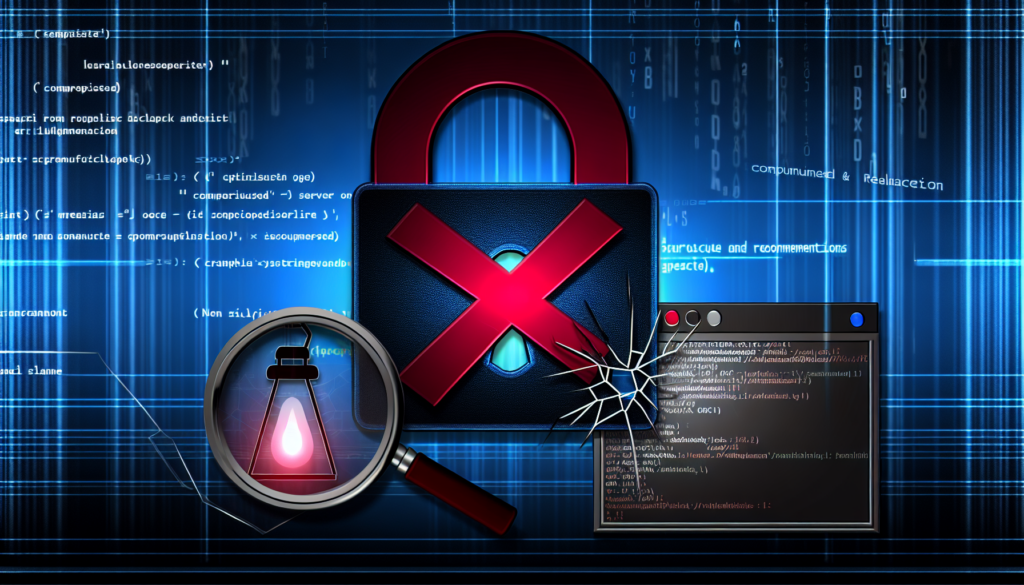Threat Overview
A recent threat report published by AlienVault highlights critical vulnerabilities in Cleo file transfer products, including VLTrader, Harmony, and LexiCom. These vulnerabilities are being actively exploited by attackers, who are dropping modular Java backdoors and conducting post-exploitation activities in customer environments.
Affected Versions
Affected versions include those prior to 5.8.0.24. Immediate patching and removal from public internet access are highly recommended.
Indicators of Compromise and Post-Exploitation Behavior
Indicators of compromise and post-exploitation behavior have been observed, including enumeration commands, PowerShell usage, and attempts to clear Windows event logs.
* Enumeration commands: Attackers use commands such as whoami and systeminfo to collect information about the target environment.
* PowerShell usage: Attackers utilize PowerShell to execute malicious commands and interactions with legitimate scripts.
* Attempts to clear Windows event logs: Attackers attempt to delete logs to avoid detection based on log data.\
Mitigation Strategies
To mitigate the risks associated with this threat, it is recommended that organizations implement the following measures:
* Ensure that all Cleo file transfer products are updated to version 5.8.0.24 or later.
* Remove Cleo software from public internet access to prevent exploitation.
* Implement strict security controls around access to sensitive systems and networks.
* Regularly monitor activity for suspicious commands and PowerShell usage.
* Use layered web and network security mechanisms to protect against attacks.
Security Best Practices
To prevent similar vulnerabilities in the future, follow these security best practices:
* Regularly update software packages to prevent exploitation by exploiting zero-day vulnerabilities
* Implement a patch management system to ensure all systems are up-to-date with the latest security patches.
* Use threat intelligence feeds and security information and event management (SIEM) systems to monitor for known threats and anomalies.
Conclusion
In conclusion, the recent threat report highlights the importance of regularly updating software packages and patching vulnerabilities. Implementing strict security controls and using layered web and network security mechanisms can help protect against similar attacks in the future. By staying informed about emerging threats and following best practices, organizations can improve their cybersecurity posture and reduce the risk of successful attacks.


